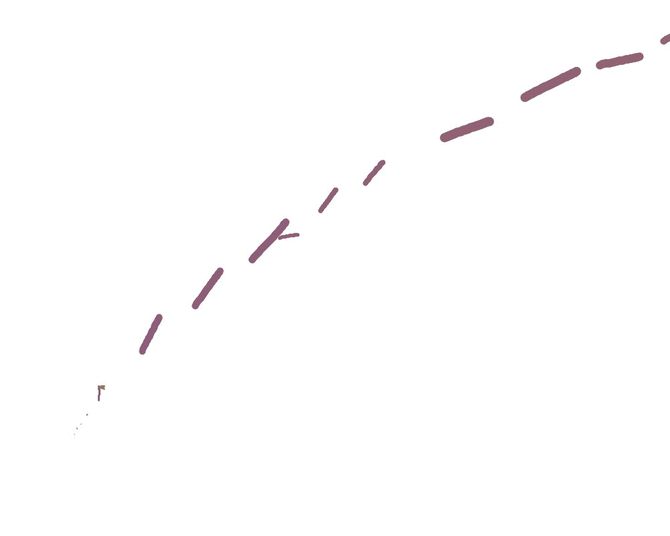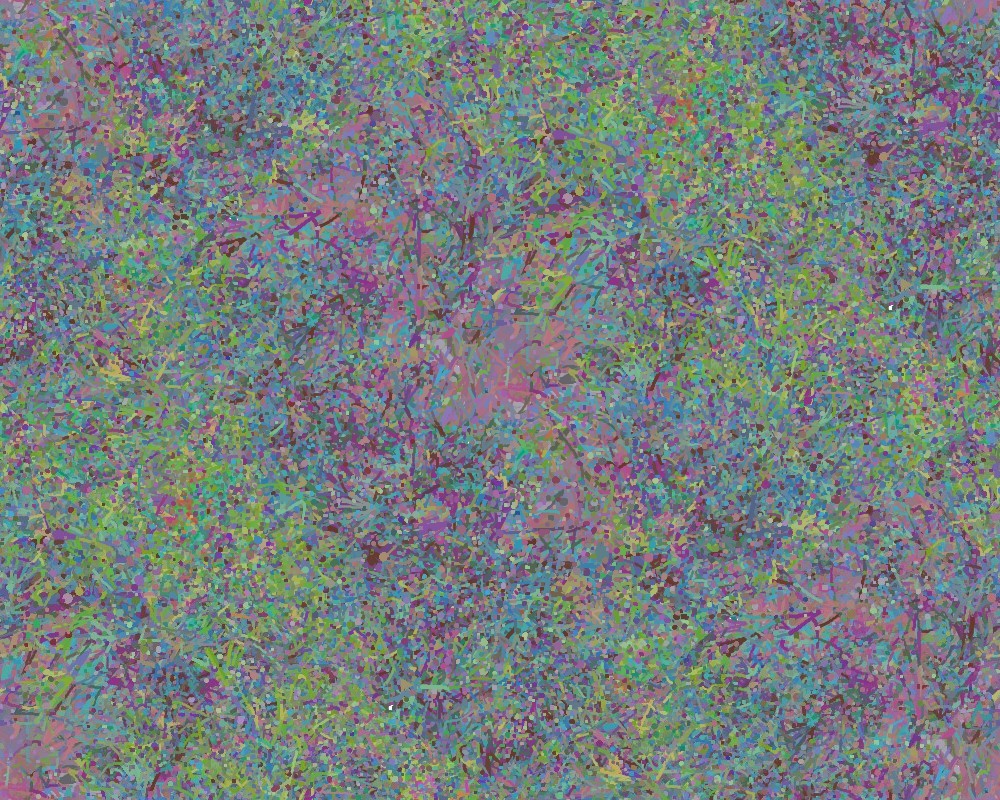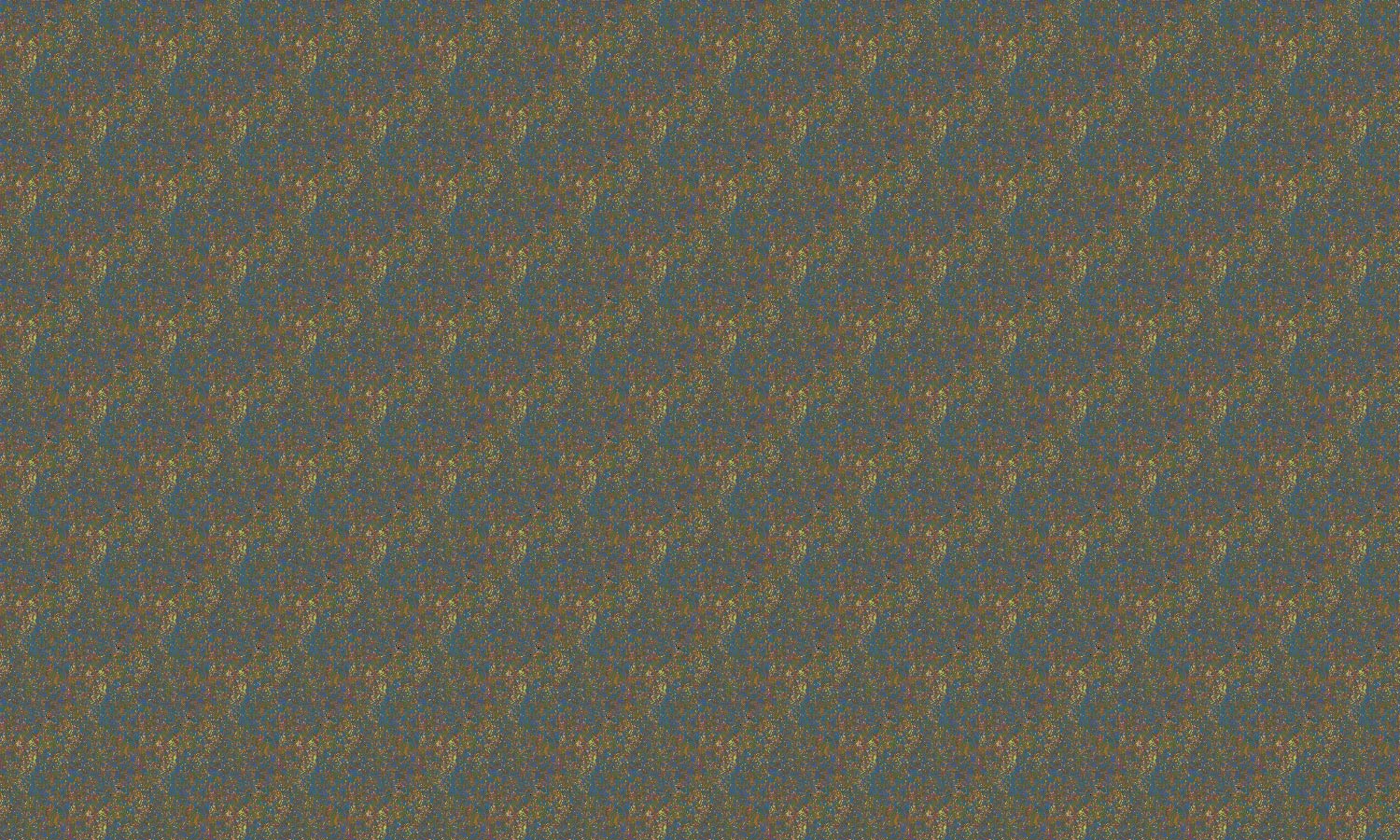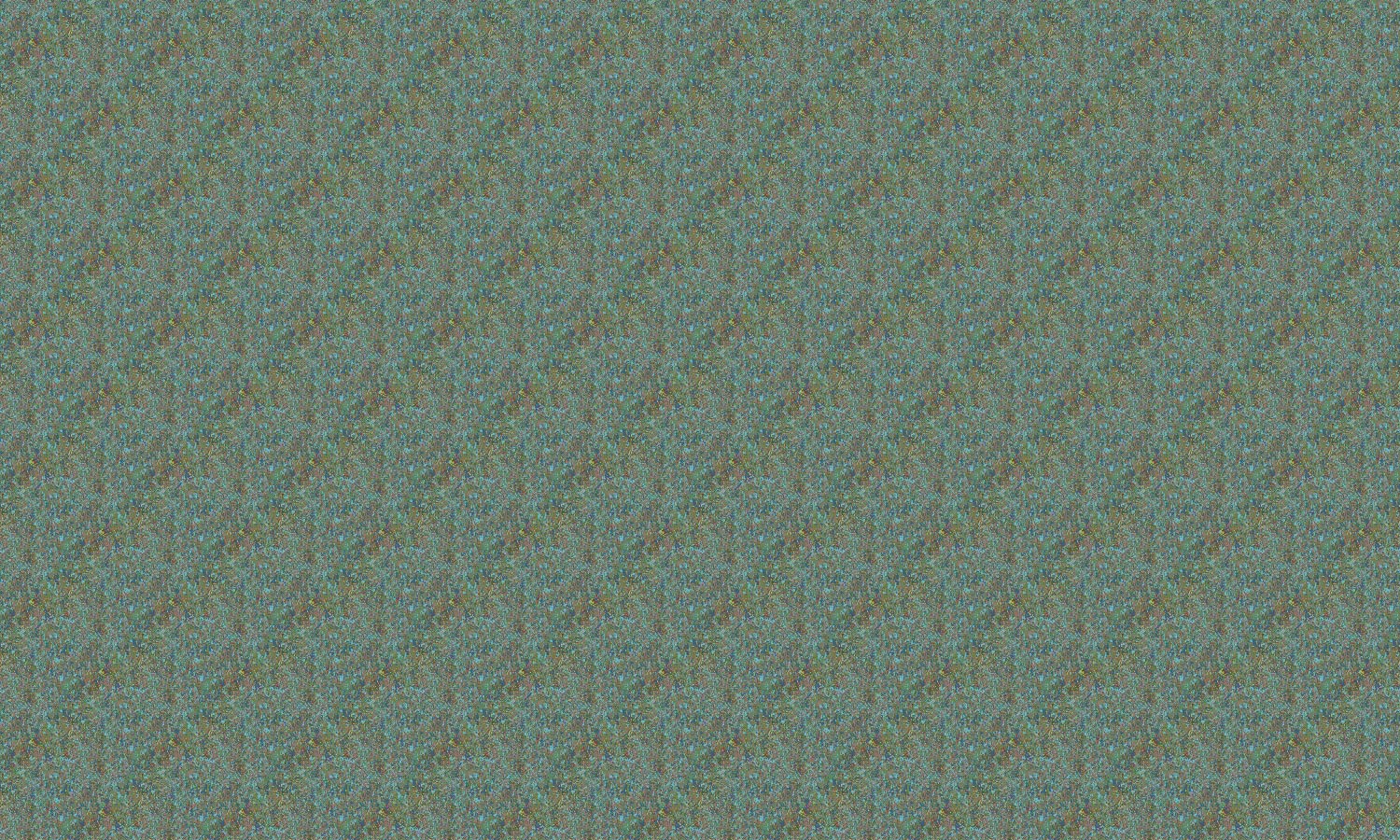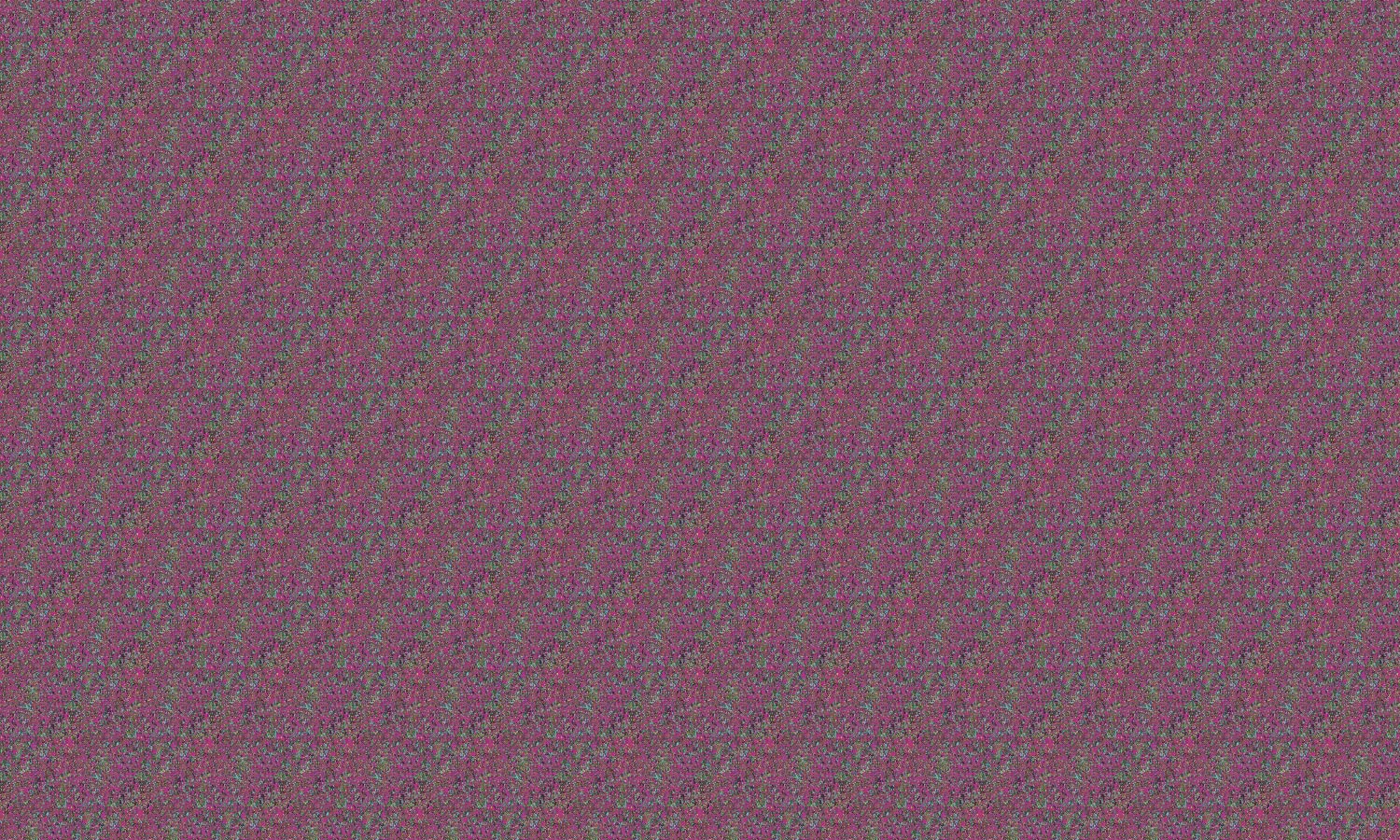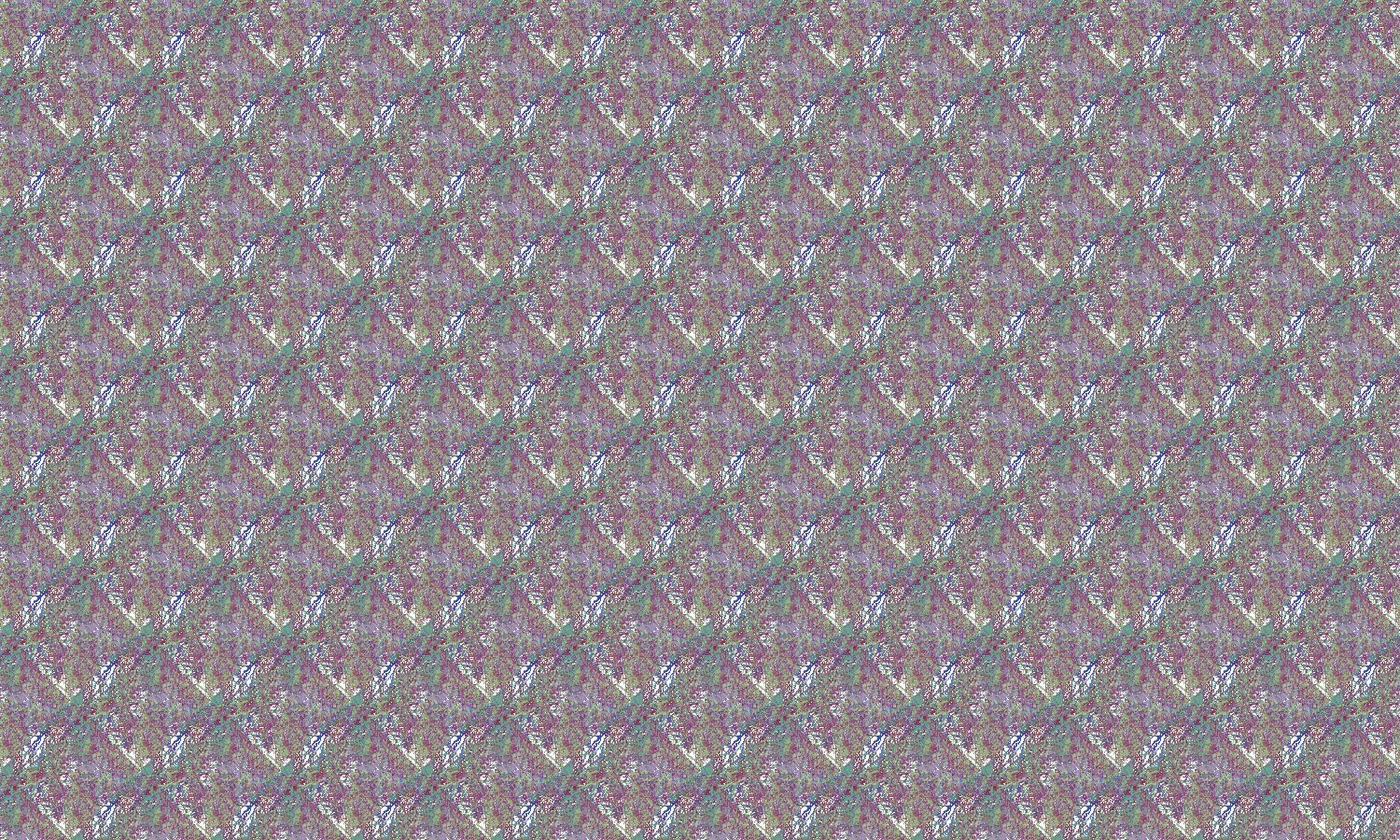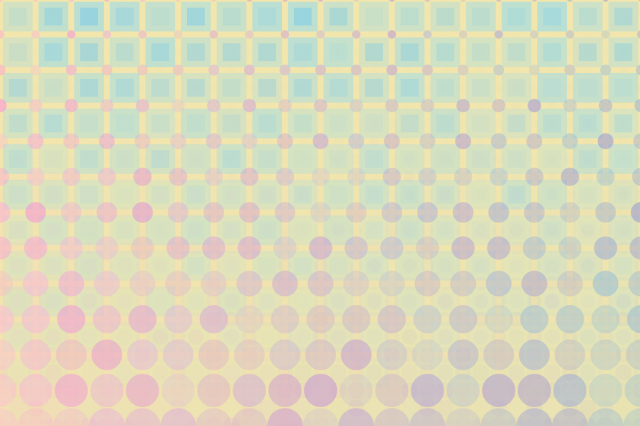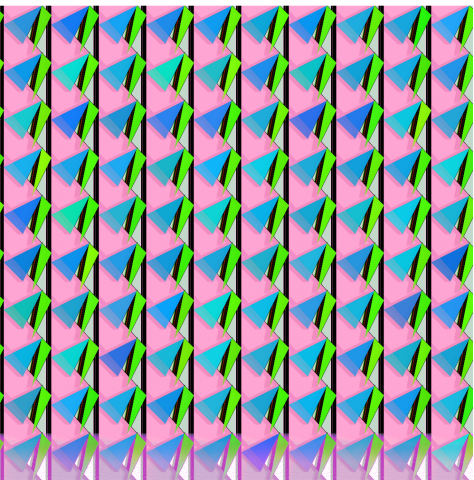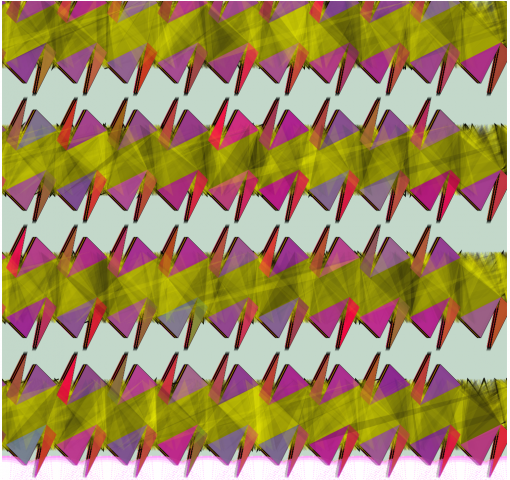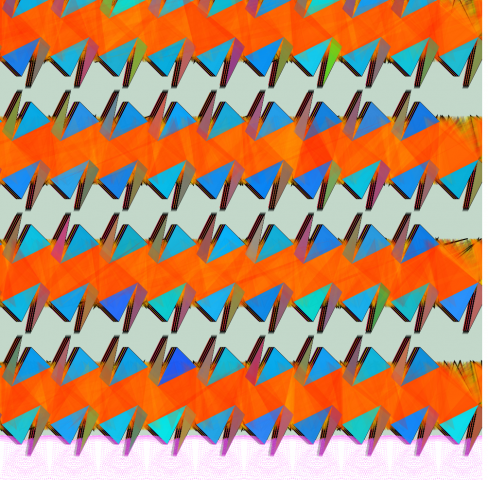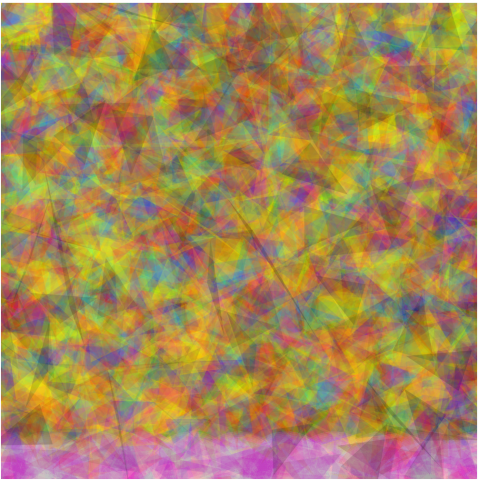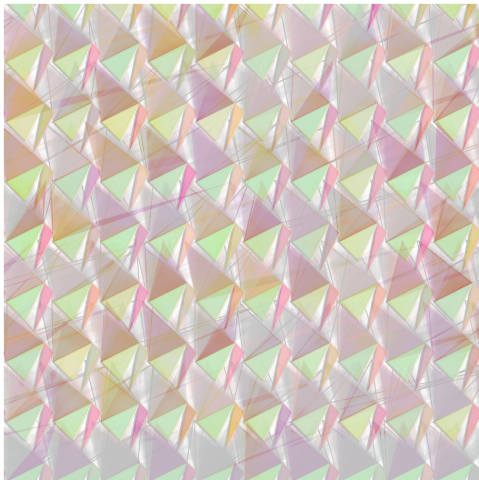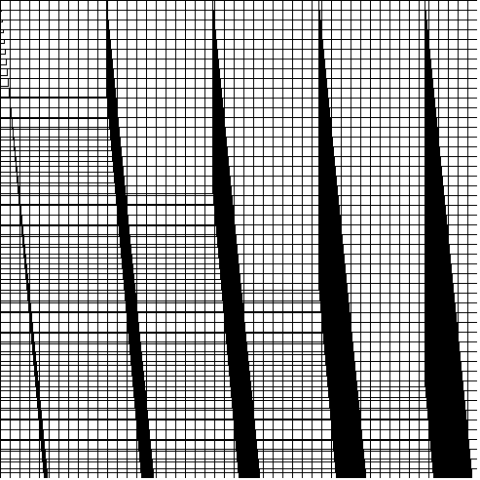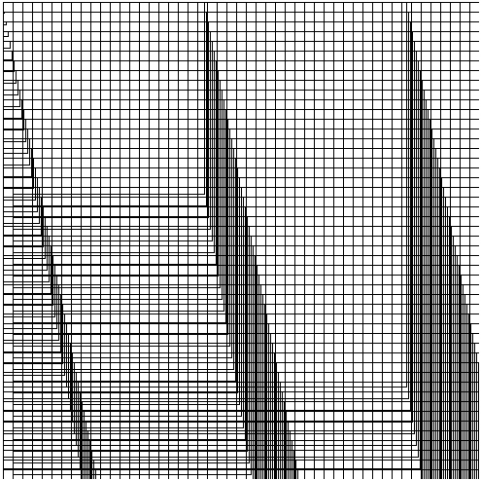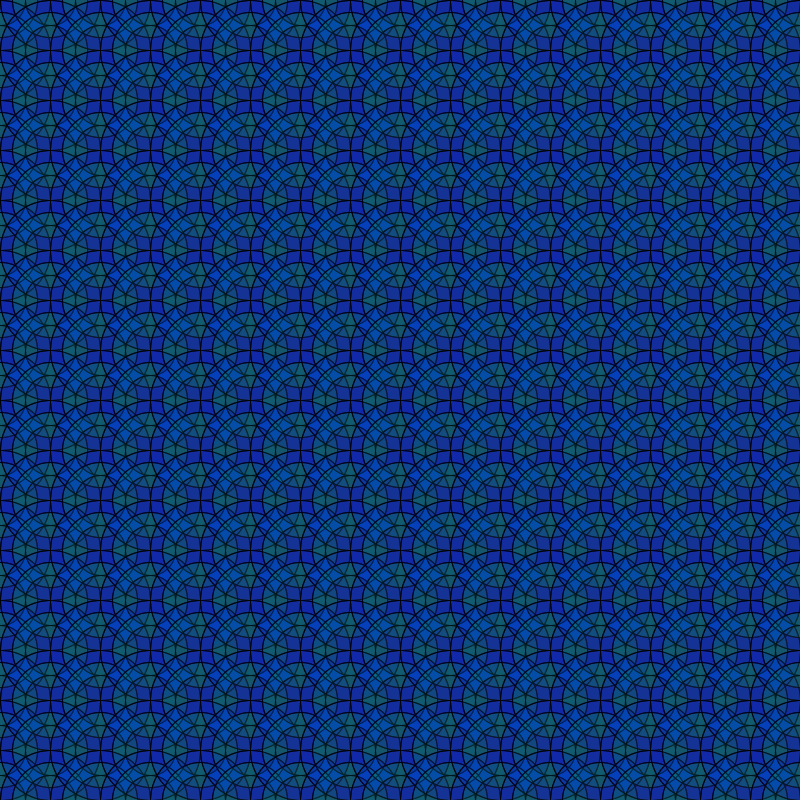Branching, Then Tiling : Iterative Wallpaper
I created an organic, iterative branching program which takes mouse movement input and creates a ‘trunk’ of sorts using the mouse’s motion vector. This trunk will grow forth shortly, before branching into between zero and three smaller branches, which repeat the process in slightly different directions. This process repeats until the branches have a width of less than 1 pixel, at which point they stop:
I then realized that I should make the pattern perfectly tile. I decided to take an easy route and simply create a diamond tile pattern using pixel shifting:
now, tiled together, a variety of pretty wallpapers emerge (click to enlarge):
code for branching:
class brancher{
color col;
PVector pos, ppos, vel, acc, targ, targ2, traveled;
float dist, ang;
float radius;
ArrayList<brancher> b;
boolean alive;
brancher(PVector pos, float ang, float dist, ArrayList<brancher> B){
col = color(255*noise(millis()*PI/5000+1000),255*noise(millis()*PI/5000+2000),255*noise(millis()*PI/5000));
b = B;
alive = true;
this.dist = dist;
this.ang = ang;
this.pos = pos.get();
ppos = pos.get();
targ = new PVector(1,0);
targ.rotate(ang);
targ.setMag(dist);
targ2 = targ.get();
targ2.rotate(random(-PI/2,PI/2));
targ2.mult(random(0.5,1.5));
targ2.add(pos);
targ.add(pos);
vel = new PVector(0,0);
acc = new PVector(0,0);
traveled = new PVector(0,0);
radius = 10;
}
brancher(PVector pos, float ang, float dist, ArrayList<brancher> B, float rad){
this(pos, ang, dist, B);
radius = rad;
if(rad<2){
alive = false;
}
}
void seek(){
PVector c = PVector.sub(targ,pos);
float m = map(c.mag(),0,50,0,2);
if(traveled.mag() > 2*dist/3 && alive){
float a1 = ang+random(1)*PI/6;
float a2 = ang-random(1)*PI/6;
float a3 = ang;
float d = dist*(0.9+random(-0.2, 0.2));
if(random(1)>0.2){
b.add(new brancher(pos, a1, d, b, radius*(0.5+random(0.5))));
}
if(random(1)>0.2){
b.add(new brancher(pos, a2, d, b, radius*(0.5+random(0.5))));
}
if(random(1)>0.5){
b.add(new brancher(pos, a3, d, b, radius));
}
alive = false;
}
c.normalize();
c.mult(m);
c = PVector.sub(c,vel);
applyForce(c);
c = PVector.sub(targ2,pos);
c.normalize();
applyForce(c);
}
void applyForce(PVector f){
acc.add(f);
}
void update(){
vel.add(acc);
pos.add(vel);
traveled.add(vel);
acc.mult(0);
if(pos.x < 0 || pos.x > 5000 || pos.y < 0 || pos.y > 5000){
alive = false;
}
}
void display(){
strokeWeight(radius);
stroke(col);
noFill();
beginShape();
vertex(ppos.x,ppos.y);
vertex(pos.x,pos.y);
endShape();
ppos = pos.get();
}
}
class branchSystem{
ArrayList<brancher> branchers, newbs;
branchSystem(float x, float y, float d){
branchers = new ArrayList();
newbs = new ArrayList();
branchers.add(new brancher(new PVector(x,y), PVector.sub(new PVector(mouseX,mouseY),new PVector(pmouseX,pmouseY)).heading(), d*2, newbs, d/5));
}
void run(){
for(int i = branchers.size()-1; i>=0; i--){
brancher b = branchers.get(i);
if(!b.alive){
branchers.remove(b);
}
b.seek();
b.update();
b.display();
}
branchers.addAll(newbs);
newbs.clear();
}
}
int imgs;
ArrayList<branchSystem> syss;
void setup(){
size(1000,800);
background(0);
syss = new ArrayList();
imgs = 1;
}
void draw(){
for(branchSystem bs: syss){
bs.run();
}
}
void mouseDragged(){
PVector v = new PVector(mouseX,mouseY);
v.sub(new PVector(pmouseX,pmouseY));
float d = v.mag()/2;
syss.add(new branchSystem(mouseX,mouseY,d));
}
void keyTyped(){
if(key=='s') save("branch "+imgs+".jpg");
imgs ++;
}
code for tiling
class Blotter{
PImage img;
Blotter(PImage i){
img = i;
int w = img.width;
int h = img.height;
img.loadPixels();
for(int x = 0; x < w; x++){
for(int y = 0; y < h; y++){
if(x<w/2 && y<h/2){
if(y<h/2-x*h/w){
img.pixels[w*y+x] = img.pixels[w*(y+h/2)+x+w/2];
}
}
if(x>w/2 && y<h/2){
if(y<x-w/2){
img.pixels[w*y+x] = img.pixels[w*(y+h/2)+x-w/2];
}
}
if(x<w/2 && y>h/2){
if(y>h/2+x*h/w){
img.pixels[w*y+x] = img.pixels[w*(y-h/2)+x+w/2];
}
}
if(x>w/2 && y>h/2){
if(y>h/2-x*h/w){
img.pixels[w*y+x] = img.pixels[w*(y-h/2)+x-w/2];
}
}
}
}
save("tiled.tiff");
}
}
Blotter b;
void setup(){
b = new Blotter(loadImage("tile.jpg"));
size(b.img.width,b.img.height);
}
void draw(){
image(b.img,0,0);
save("tilenow.jpg");
}
